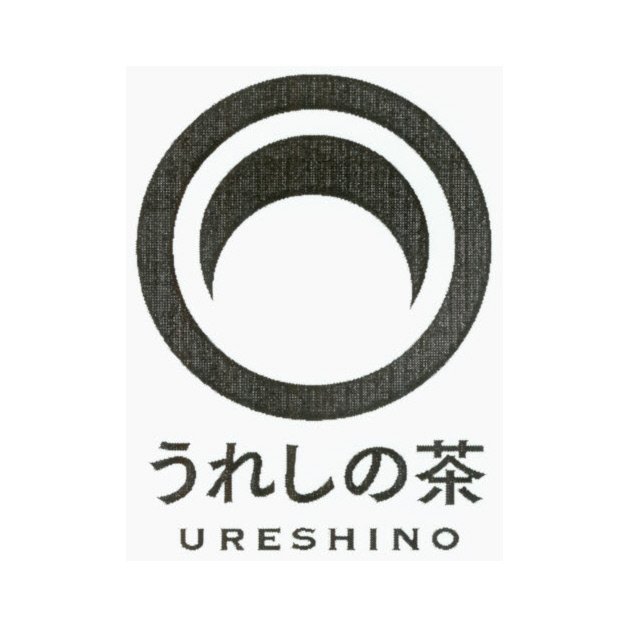This is a bit of a tricky topic because it requires some historical and geographical understanding.
The origin of the name “Ureshino Tea” is Ureshino City, Saga Prefecture, which is also famous for Ureshino Hot Springs.
Ureshino Tea
Tea production in Ureshino started in 1440 when a potter who came from China began to cultivate tea, and in 1504, Benrei-min (not a specific person, some say he was from Koryo-min = Korea) used a Nanking kettle to make kama-roasted tea.
The first tea leaves shipped overseas as samples before the export of tea in Japan by Kei Oura was Ureshino tea. It is believed that Ureshino tea had already been established as a brand in the Edo period.
Nagasaki and Saga Prefectures
The present administrative division of prefectures was established after the abolition of the han system in 1871 (Meiji 4). Immediately after the abolition of the han system, there were 302 prefectures in 3 prefectures. (Currently, there are 47 prefectures.)
Nagasaki Prefecture was roughly divided into 5 prefectures, and Saga Prefecture was divided into 6 prefectures.
Later, in 1875, Saga Prefecture was merged into Nagasaki Prefecture, and in 1883, the two prefectures became the current Saga and Nagasaki Prefectures.
Tea plantations in Higashisonogi Town and Ureshino City
Sixty percent of the tea produced in Nagasaki Prefecture is produced in Higashisonogi Town.
Higashikanogi and Ureshino are adjacent to each other, and most of the tea plantations are spread out in the mountains such as Mt. In other words, the tea plantations of the two towns are spread out on both sides of the mountainous hilly area that is the border between Higashisonogi Town and Ureshino City.
The tea market in Ureshino
Currently, most of the tea leaves produced in Saga and Nagasaki prefectures are distributed to the market through the Nishi-Kyushu Tea Distribution Center (Nishi-Kyushu Tea Agricultural Cooperative Association) in Ureshino City. The Nishi-Kyushu Tea Distribution Center was jointly established by Nagasaki and Saga prefectures in 1974.
Definition of Ureshino Tea
In 2002, the definition of “happi-no-cha” was defined as “tea made from 100% raw materials produced in Saga or Nagasaki prefectures and processed to perfection.
In 2008, “Ureshino-cha” was registered as a regional collective trademark thanks to the efforts of the Nishi-Kyushu Tea Agricultural Cooperative Association.
Due to the above historical background, most of the tea produced in Nagasaki is now distributed as Ureshino-cha.
Of course, it is possible to sell Nagasaki-grown tea without using the name “Ureshinocha”, but since Ureshinocha is famous throughout Japan, it is still common to distribute it as “Ureshinocha”.
However, since Ureshinocha is famous throughout Japan, it is still commonly distributed as Ureshinocha. You may wonder why Nagasaki tea is called “Ureshincha. However, there is a reason behind it, which has been cultivated over a long history.
